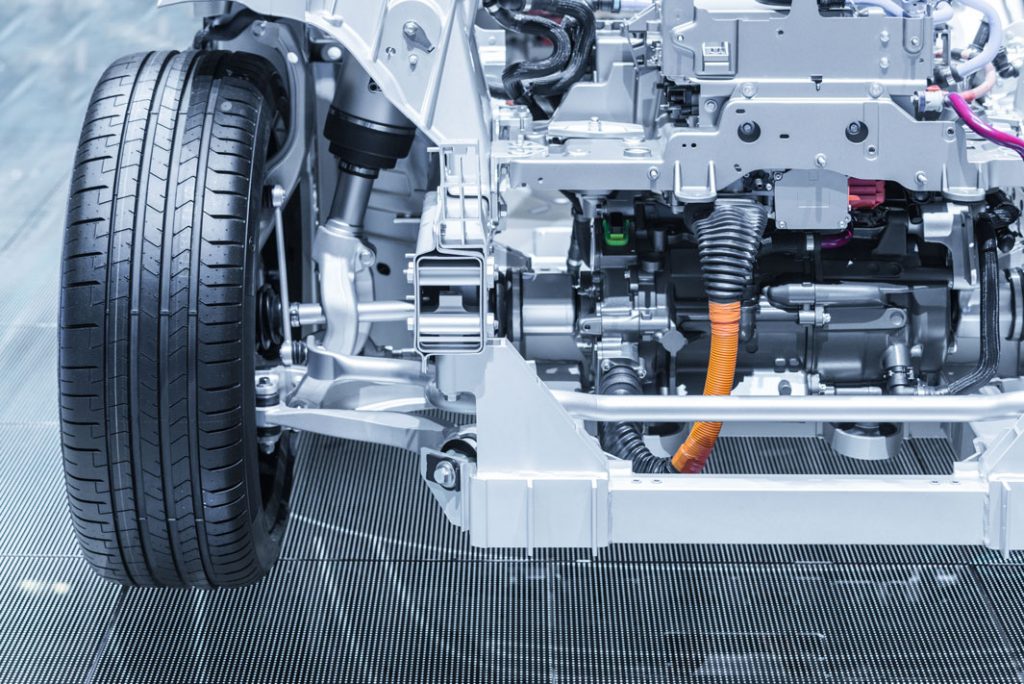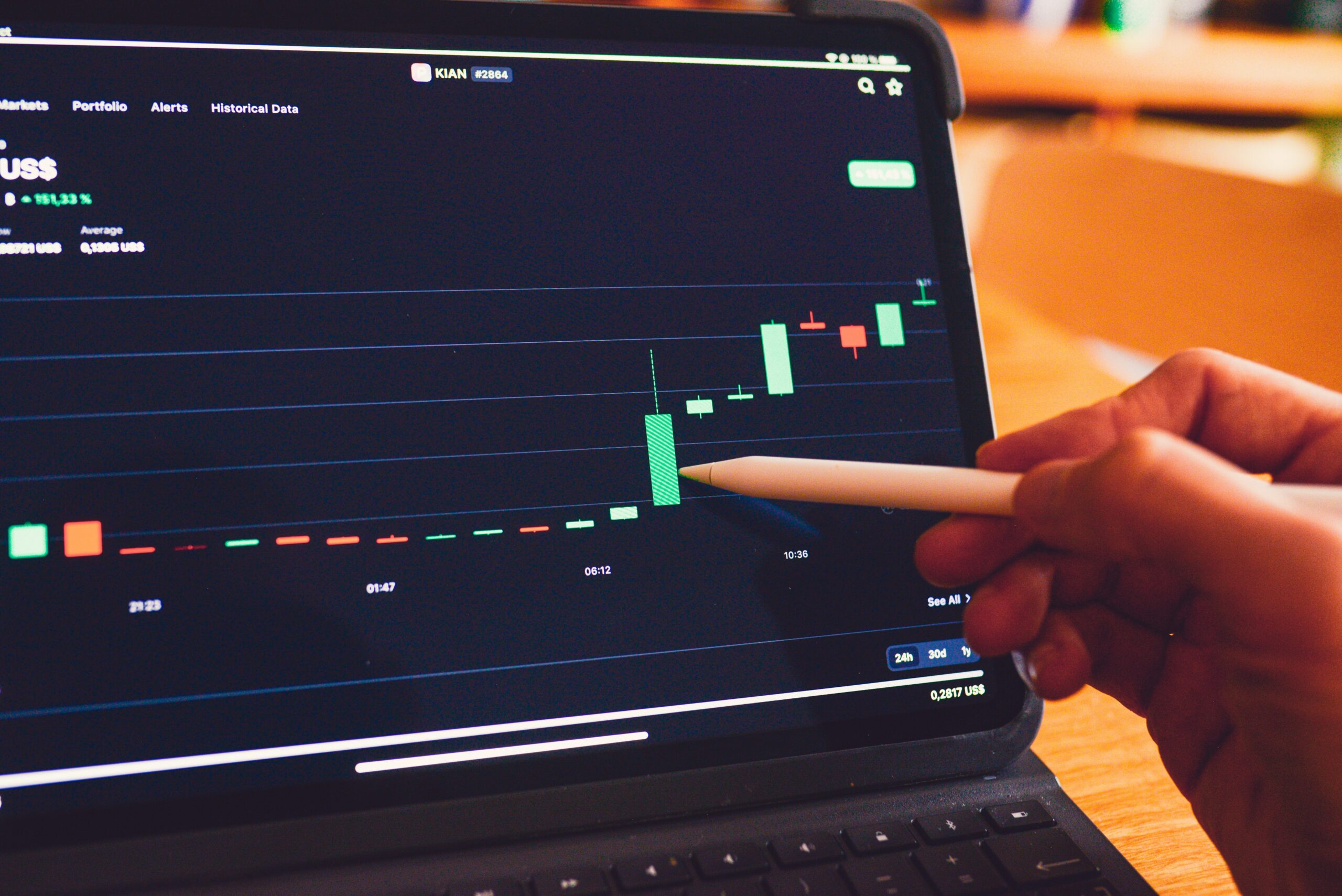In a short period, the company took several steps in maturing its treasury, so successfully that it received an Adam Smith Award. How did Kongsberg Automotive manage to achieve this?
Since the late 1950’s, Kongsberg Automotive has developed from a Scandinavian automotive parts supplier to a global leader in one of the most competitive and complex industries in the world. With more than 11,000 employees in 19 countries worldwide (European countries, USA, Canada, Mexico, South Korea, India and China), the company provides high-quality products to the global vehicle industry, such as custom powertrain and chassis solutions, interior comfort systems, cables and actuators for passenger cars.
When Abraham Geldenhuys joined Kongsberg Automotive as Group Treasurer in October 2017, the company’s treasury function needed further development. “At that time our treasury department was very administrative of nature,” he says. “It is key for treasurers and CFOs to know their company’s cash balance. That was partly not at our disposal. There was a clear need for a treasury transformation, with better cash visibility, cash flow forecasting and control over payments and liquidity. Due to our global activities, these things were hard to combine and tough to control – they needed to be centralized.”
At that time our treasury department was very administrative of nature. It is key for treasurers and CFOs to know their company’s cash balance. That was partly not at our disposal.
Abraham Geldenhuys, Group Treasurer

Challenge
Road map
Kongsberg Automotive’s treasury therefore started a journey to become more mature. Geldenhuys: “During the 2017 EuroFinance Conference, I met some Zanders people. The conference was full of buzzwords like blockchain, machine learning and RPA. We were talking about all these new technologies but most of us still have a lot to innovate in that area. It was clear that, like many companies, we need to get rid of repetitive, Excel-based ways of doing treasury. It was time to clearly define and then centralize, standardize and automate treasury processes. Technology is evidently the enabler to bring all this together. You can’t be strategic when your house is not in order.”
Shortly after joining Kongsberg Automotive, Geldenhuys formulated a three-year strategic Treasury Transformation roadmap to determine where the treasury was today and where it wanted to be tomorrow. “In our roadmap I described the vision, function, building blocks of treasury, a road map time line and existing risks,” he explains. “In January 2018, I presented this roadmap to our CFO. We agreed that cash visibility was key and that we needed daily cash reports to be able to make the right decisions. The roadmap also included refinancing the group. We needed to ensure our capital structure and financing was in order and finally decided to refinance by issuing a corporate bond. The transaction was done in a very short space of time. Timing was critical and the transaction were concluded in July 2018. We then really started our journey, together with Zanders, to achieve centralization, standardization and optimization of our treasury activities.”
Solution
Pricing tool
Two main steps in the treasury transformation journey were a complete bank reorganization and the implementation of a new treasury management system (TMS). “In May 2018, we completed the solution design and a blueprint for our Treasury Transformation and after presenting our business case, I got final approval in early November 2018,” Geldenhuys says. “I was challenged to have the new structure up and running by June 2019. With this very short timeline the big challenge was without a doubt: will we be able to go live in June? We effectively officially kicked off in mid-November 2018 with our selected TMS partner and in January 2019 with our new selected corporate banking partners.”
Kongsberg Automotive’s treasury also needed a solution to leverage technology for arm’s length transfer pricing of financial transactions. Geldenhuys: “If you have a global zero balance cash pool and intercompany loans, the pricing needs to be in order and set. The focus on these intercompany transactions has increased in the past couple of years. With the current focus of tax authorities globally, we need to make sure that we are ahead of the curve. So, we shared our thoughts with Zanders and the idea was to have a full-proof, state-of-the-art pricing to meet all requirements. Their solution was a Transfer Pricing Solution. With a new Intercompany Rating & Pricing (ICRP) tool we were able to price our cash pool and our intercompany loans.”
Packaged and presented
Next to bank reorganization, the implementation of a new TMS and the ICRP tool, the company took it a step further to enhance and standardize cash application. Geldenhuys explains: “Redesigning this process, we went from having people manually print out all bank statements and manually booking all to pushing these statements to the ERP environment and achieving automated reconciliation to a larger extent. We’ve made great strides. Together with the cash pool and the TMS we also implemented an in-house bank. One of the big achievements of this project was that we – the central treasury team – are now releasing the majority of Kongsberg Automotive’s payment traffic after validating these payments against the global liquidity and currency positions and planning. Soon, in addition to this, we will further streamline our payment traffic by going live with Payments on behalf of (POBO).”
The next question was how to put these massive changes to the organization. “The biggest challenge is bringing the people with you on the journey,” says Geldenhuys. “The coaching, teaching and showing was a daily job. All of the new tools had to be packaged and presented within the organization – the users of these tools. And we managed to do so through new technologies – again the enabler.”
In terms of cash visibility and liquidity planning, the treasury organization is now able and equipped to effectively manage the cash needs of the group. “All these things were previously done in Excel, but now completely captured in the TMS,” Geldenhuys adds. “We make sure to utilize as much functionality in our new TMS as possible. We really have a one-stop solution for all treasury activities.”
We’ve made great strides. Together with the cash pool and the TMS we also implemented an in-house bank.
Abraham Geldenhuys, Group Treasurer

Performance
Extensive Journey
The new TMS went live in June 2019. “Keeping the timeline in mind this was an immensely intense period,” says Geldenhuys. “Two things were absolutely key. Support from our in-house project management function and the role of our consultants as a reliable, trusted partner. From the blue print stage to the system selection and bank reorganization, to a tool that can do the pricing of your cash pool and intercompany loans. That journey has been an extensive one; Accounting, Legal, Tax (Transfer pricing), Change Management, Implementation teams and Technical teams on banking and payments were involved – apart from the dreaded KYC procedures that accompany a bank reorganization. So, all in all implementing completely new features and solutions to treasury – all to be able to say that the foundation has been laid. It’s been an intense journey containing a lot of details, a journey that could not have been taken on by ourselves.”
One of the final steps to take, and quite a tedious one according to Geldenhuys, is the transition from the old to the new banking environment, so ensuring that customers pay to the new accounts. “But when you get to the point where we are now, focusing on closing legacy bank accounts, it’s rewarding to see that the entire picture and plan has come together and is starting to lean towards a real transformation.”
A good foundation
Doing a treasury transformation – implementing a new global cash pool, a new system and really centralizing payments – takes a lot of effort and commitment, Geldenhuys emphasizes. “But it’s worth it, absolutely! It’s been a tremendous journey, from the start to where we are right now. It is important that your C-suite believes in it and that it delivers its fruits – a project of this scale needs to be justified. Although technology is the key to standardize, centralize, automate and combine all treasury activities, processdesign and effectiveness still ranks at the top of my treasury foundation, and it’s exactly here where I believe in leveraging the technology to ensure that we have a real treasury function. It is process married with technology.”
Zanders was part of this project in six different areas, according to Geldenhuys: group advisory, system selection, bank reorganization and negotiation, change management and operational support. “Also, they did a lot of sound boarding. We went from nothing to today having daily bank statement reporting, full control over our payments and much more details around this. That is probably the most important part: if the foundation of your house is not solid, forget about the rest.”





































